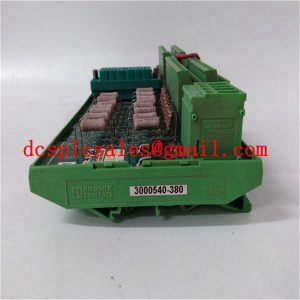Description
TRICONEX 9566-8XX in stock
TRICONEX 9566-8XX in stock



DCS system is a major automation control system besides PLC, which is widely used in fields such as chemical engineering and thermal power. However, the demand for automation technology in production has further increased, and traditional DCS systems can no longer meet the needs and require technological upgrades.
The DCS system is an automatic control system that consists of multiple computers controlling multiple control loops in the production process, while also providing centralized data acquisition, management, and control. The distributed control system uses microprocessors to control each circuit separately, while small and medium-sized industrial control computers or high-performance microprocessors are used to implement higher-level control.
After years of continuous application, some limitations of DCS system development in the industry have gradually emerged, and the problems with DCS are as follows:
(1) 1 on 1 structure. 1 instrument, 1 pair of transmission lines, one-way transmission of 1 signal. This structure results in complex wiring, long engineering cycles, high installation costs, and difficult maintenance.
(2) Poor reliability. Analog signal transmission not only has low accuracy but is also susceptible to interference. Various measures have been taken to improve anti-interference and transmission accuracy, resulting in increased costs.
The DCS system is an automatic control system that consists of multiple computers controlling multiple control loops in the production process, while also providing centralized data acquisition, management, and control. The distributed control system uses microprocessors to control each circuit separately, while small and medium-sized industrial control computers or high-performance microprocessors are used to implement higher-level control.
After years of continuous application, some limitations of DCS system development in the industry have gradually emerged, and the problems with DCS are as follows:
(1) 1 on 1 structure. 1 instrument, 1 pair of transmission lines, one-way transmission of 1 signal. This structure results in complex wiring, long engineering cycles, high installation costs, and difficult maintenance.
(2) Poor reliability. Analog signal transmission not only has low accuracy but is also susceptible to interference. Various measures have been taken to improve anti-interference and transmission accuracy, resulting in increased costs.








